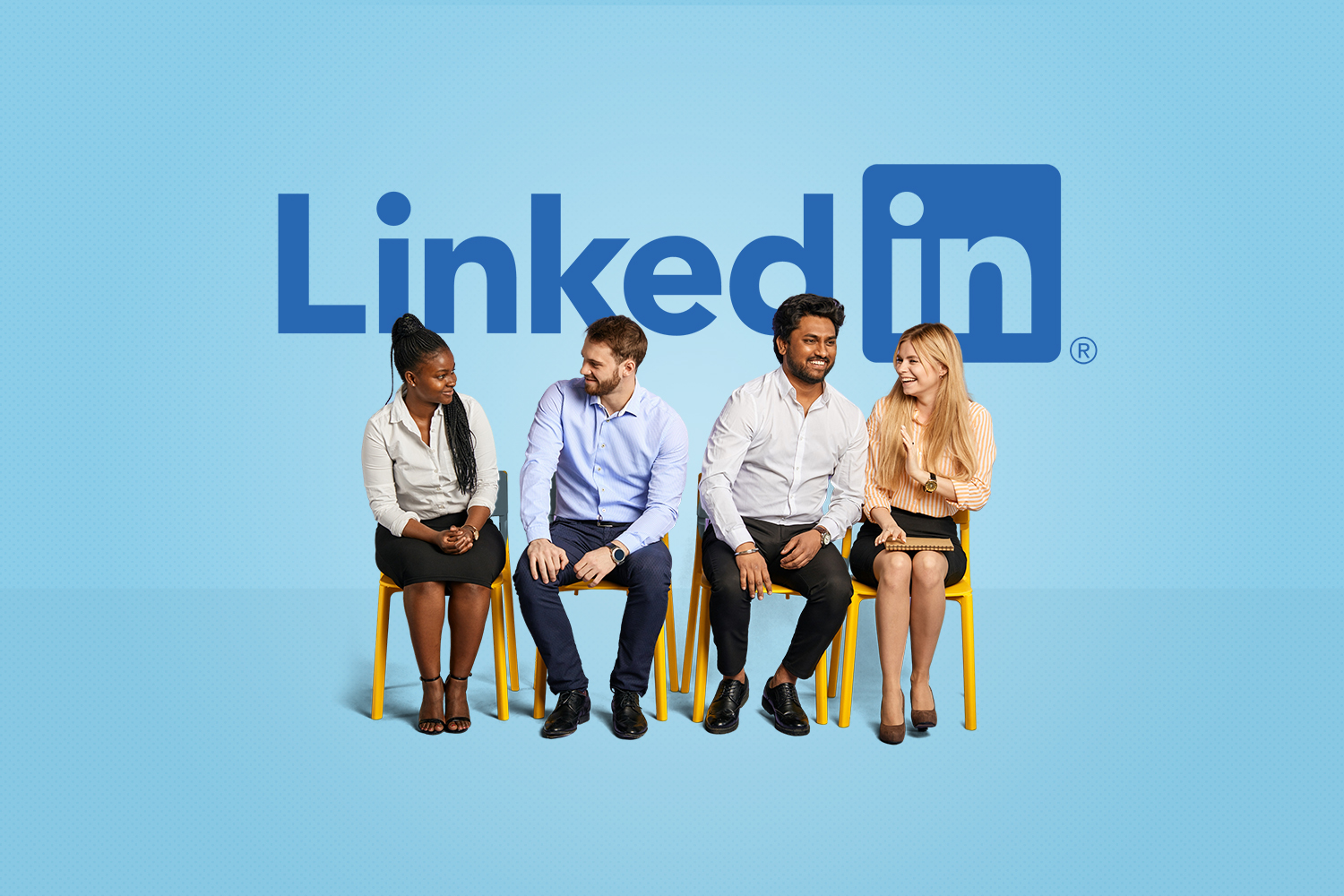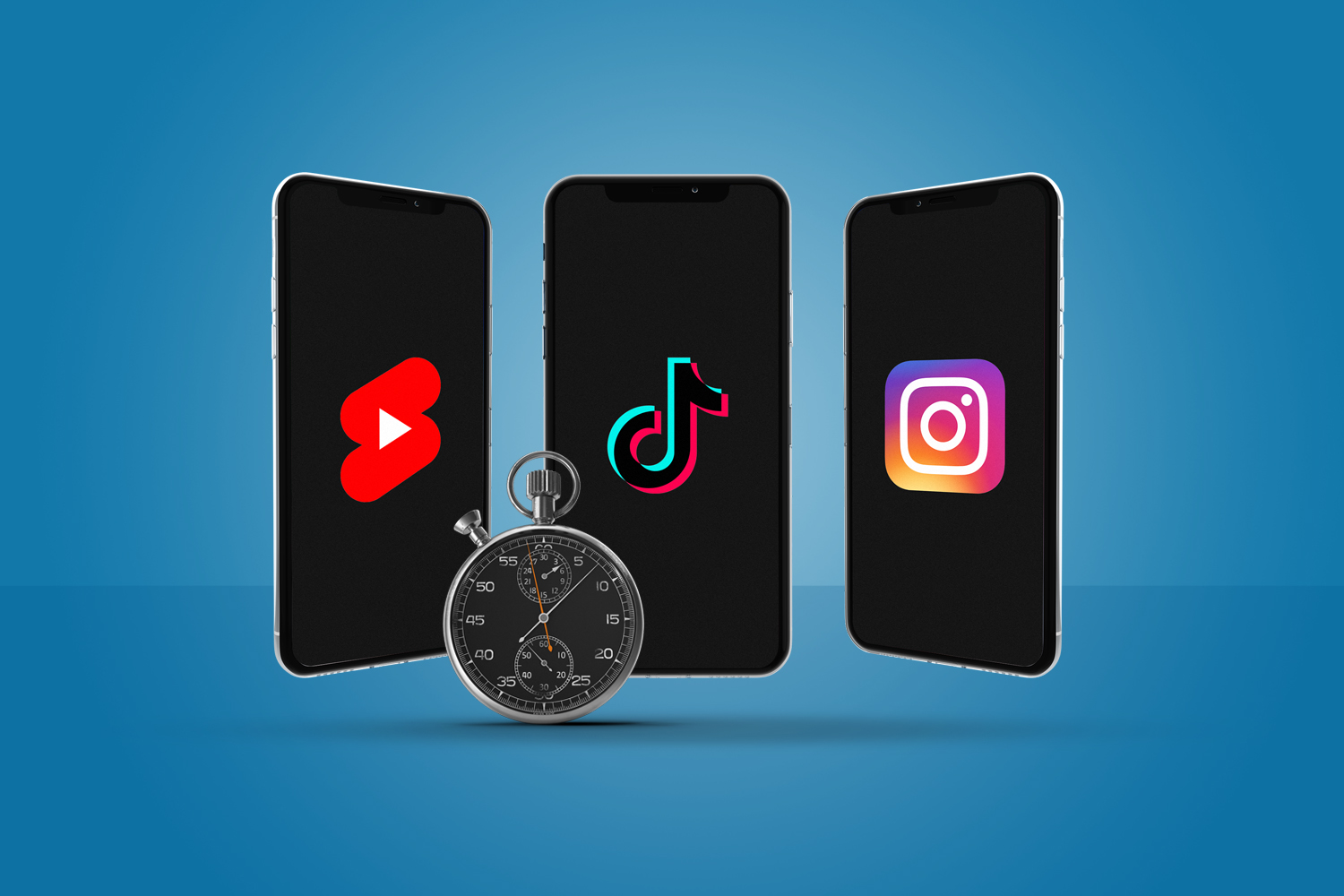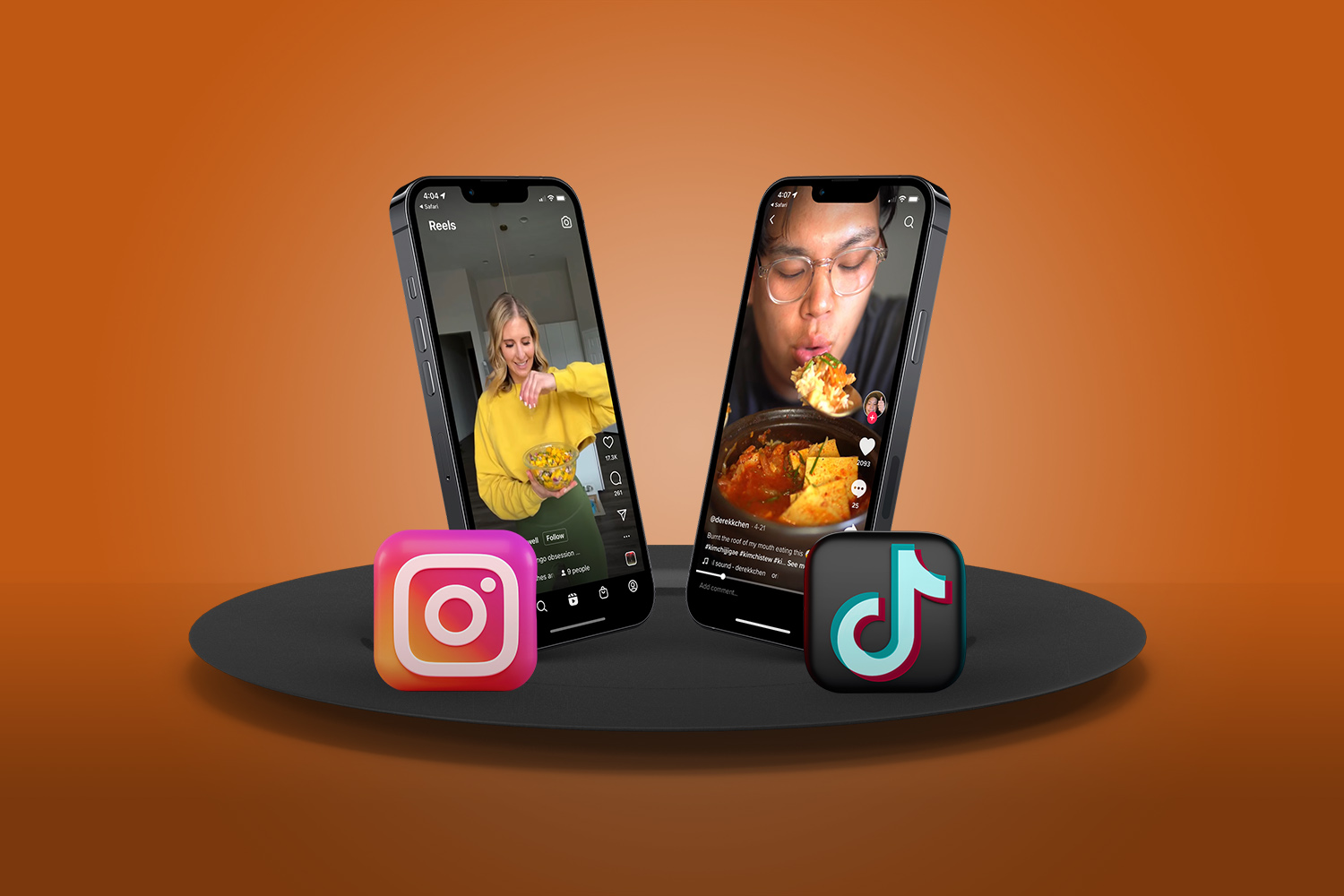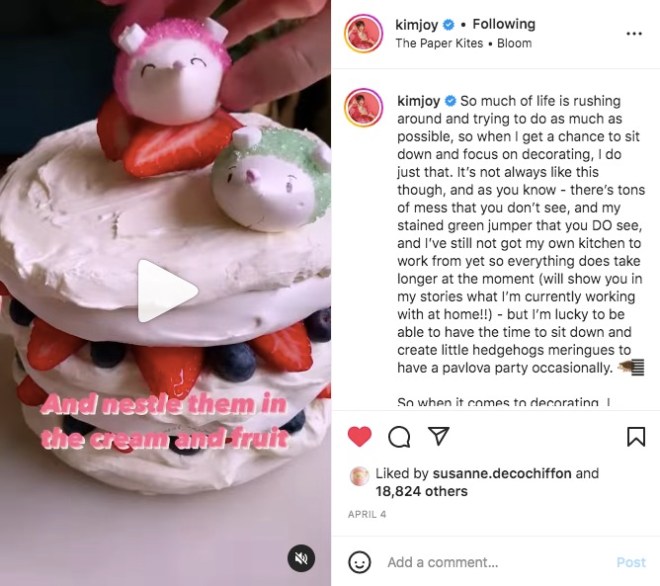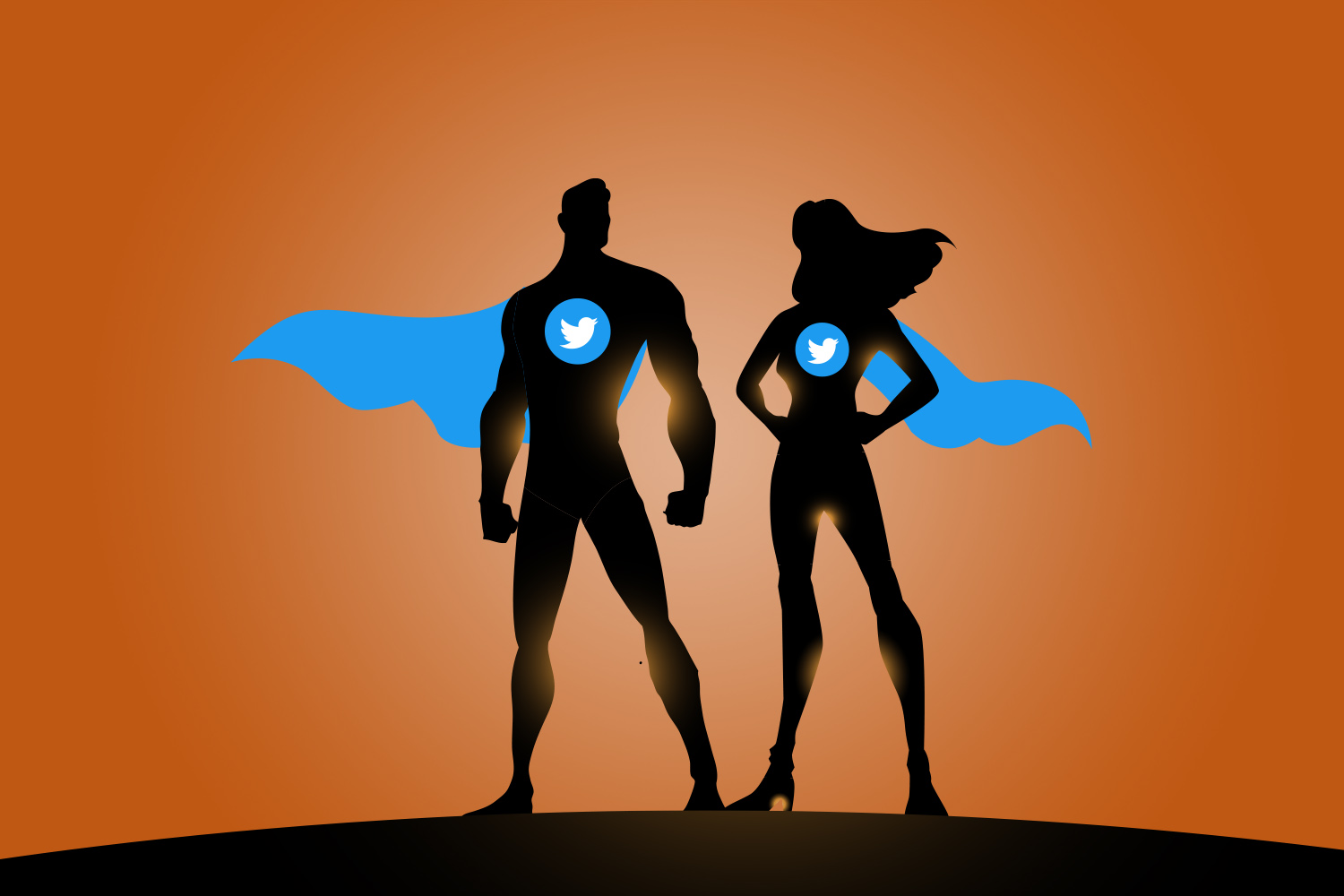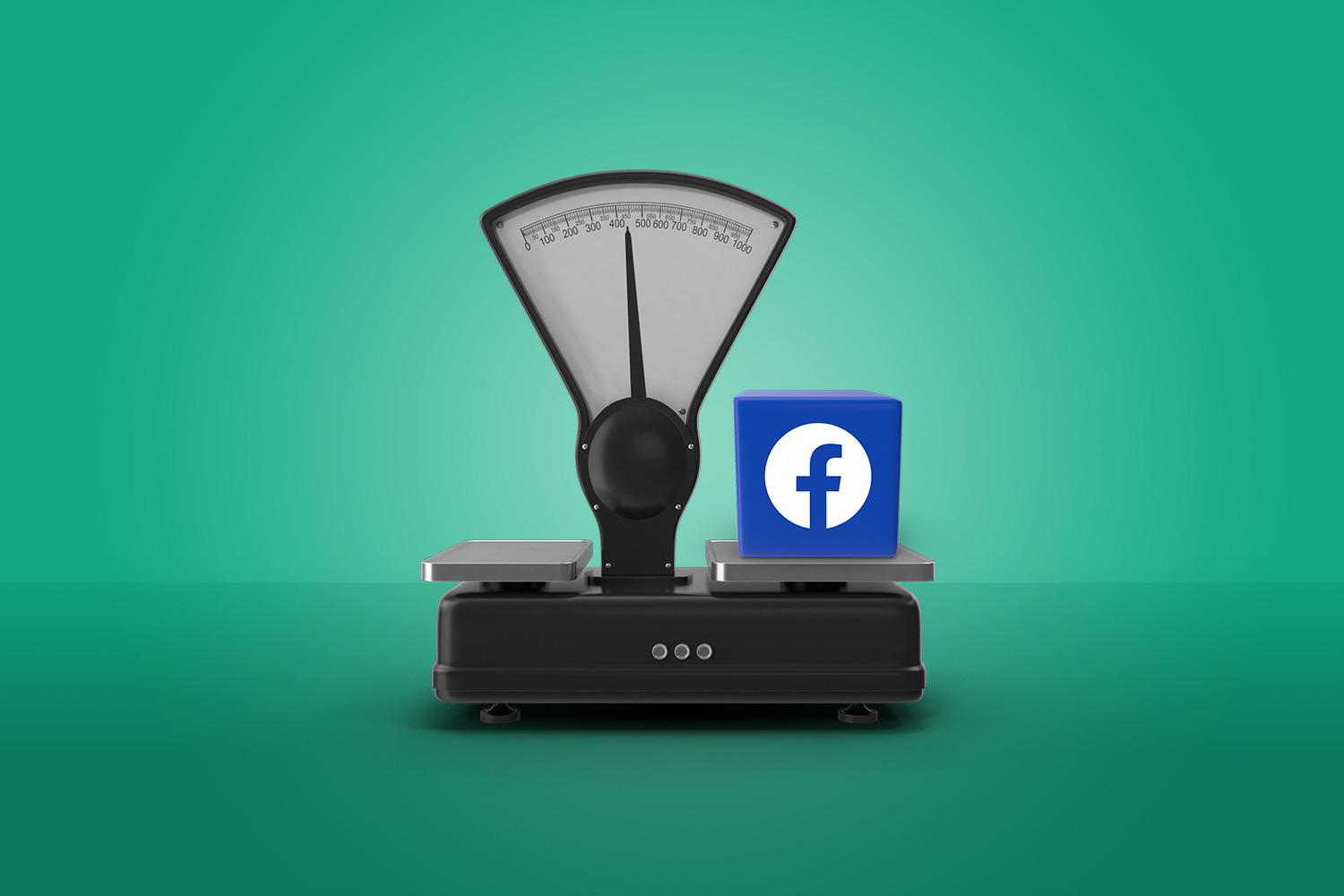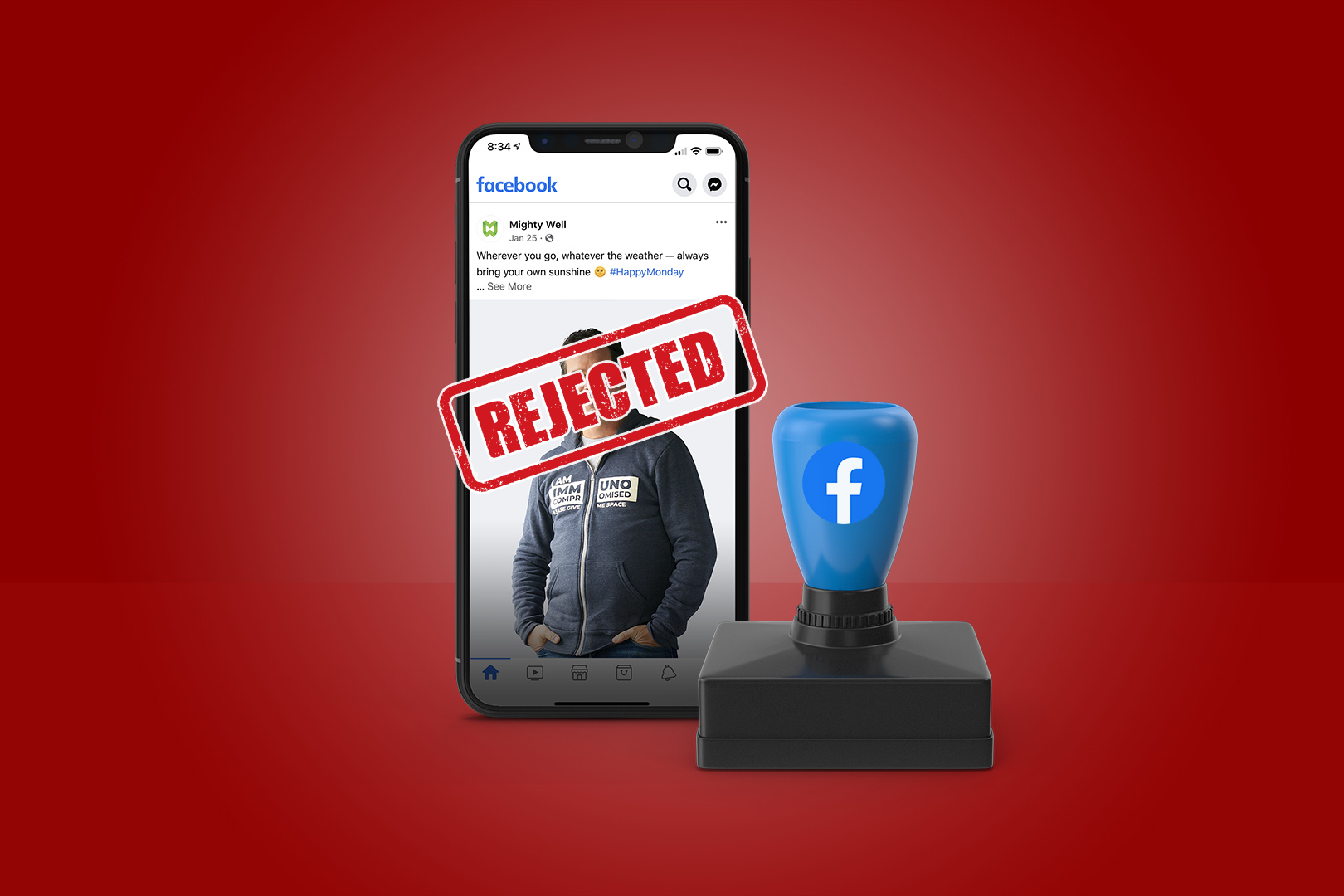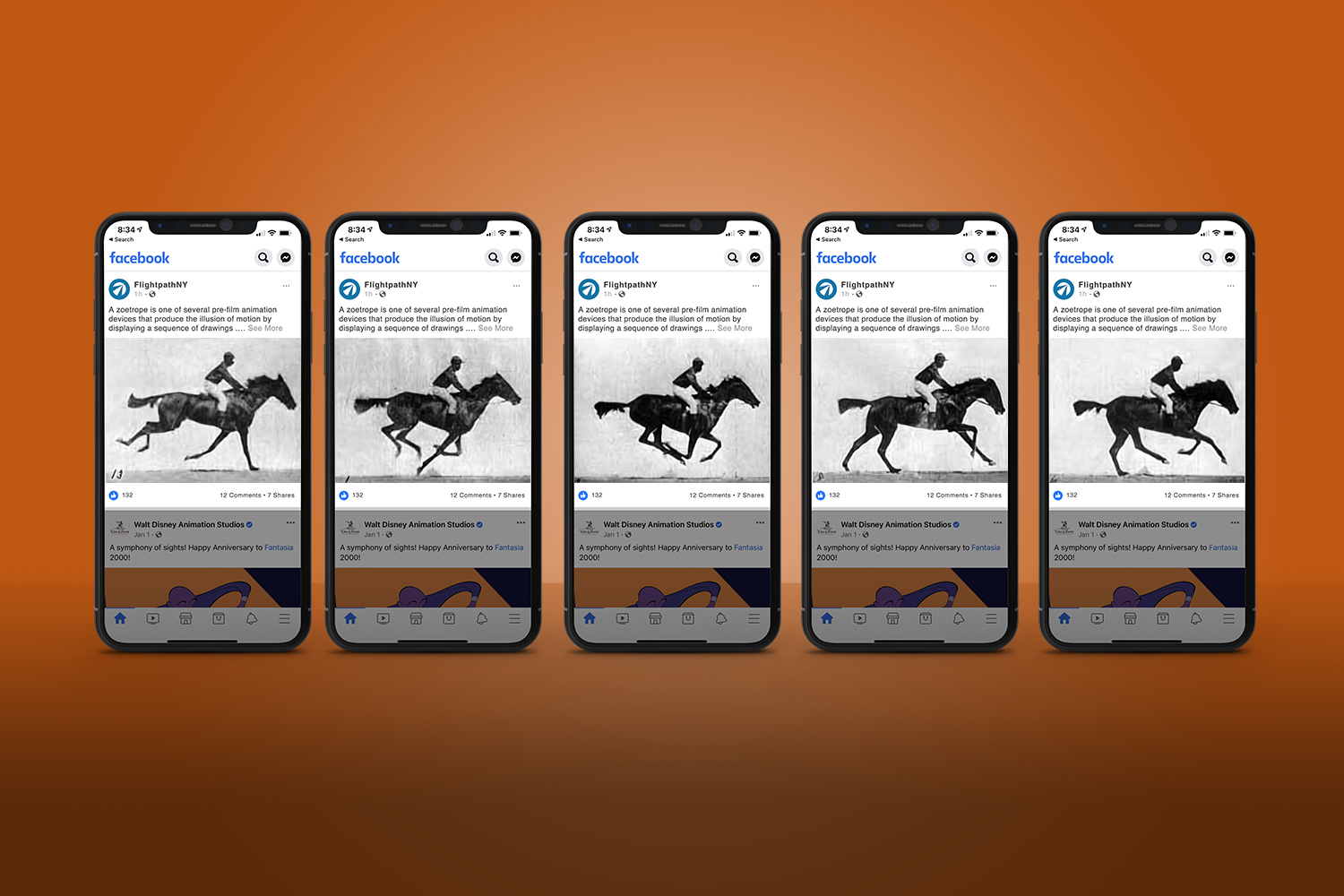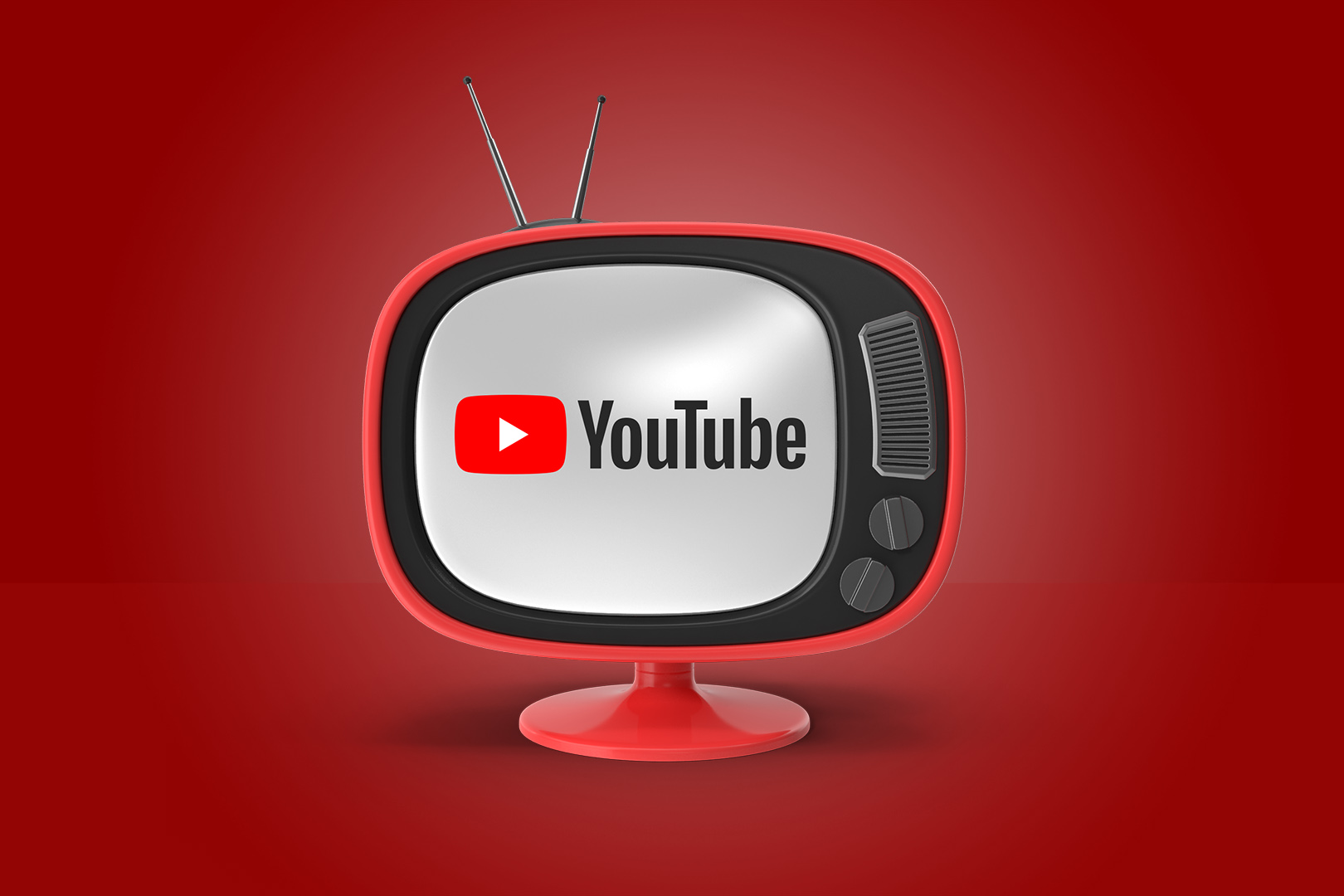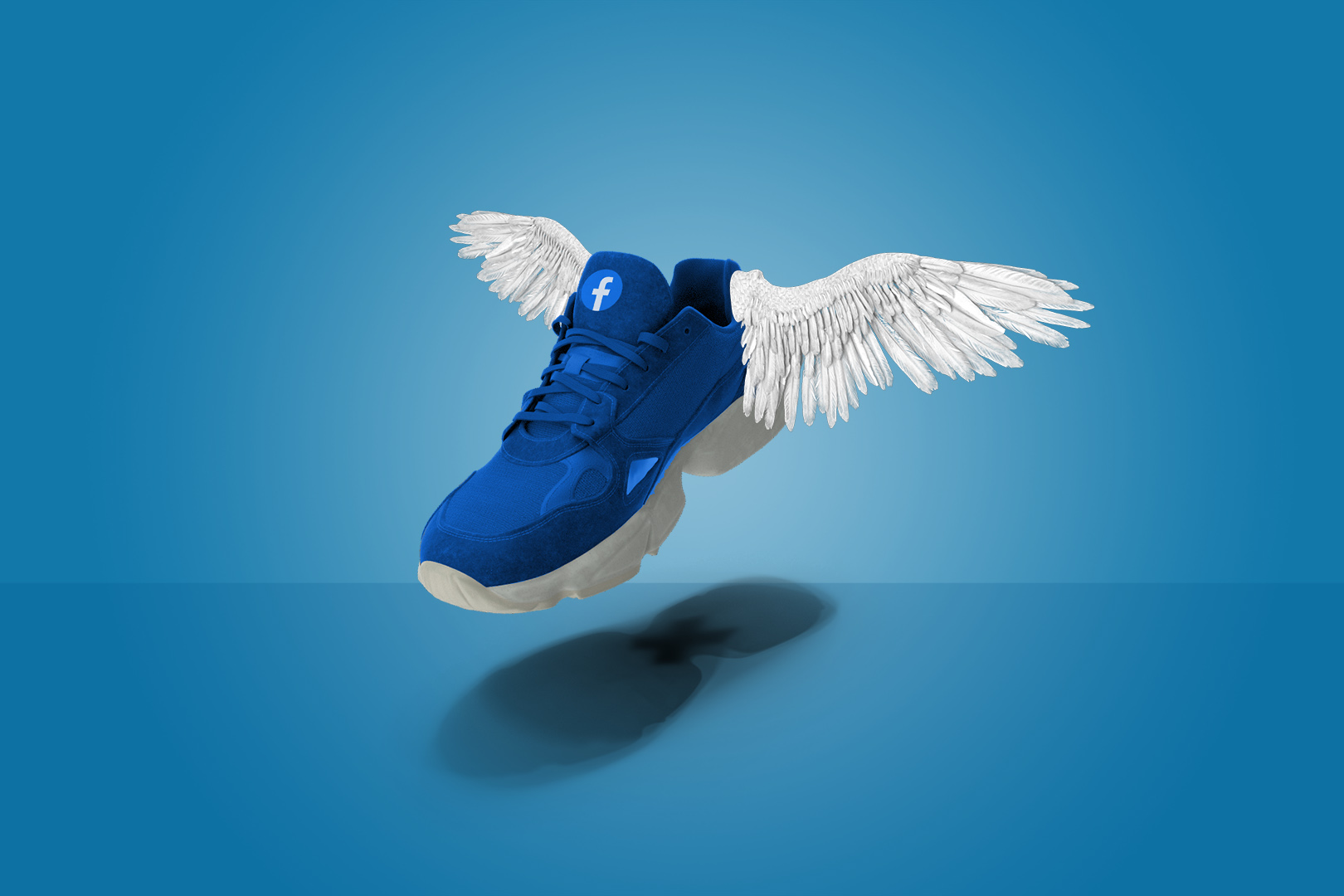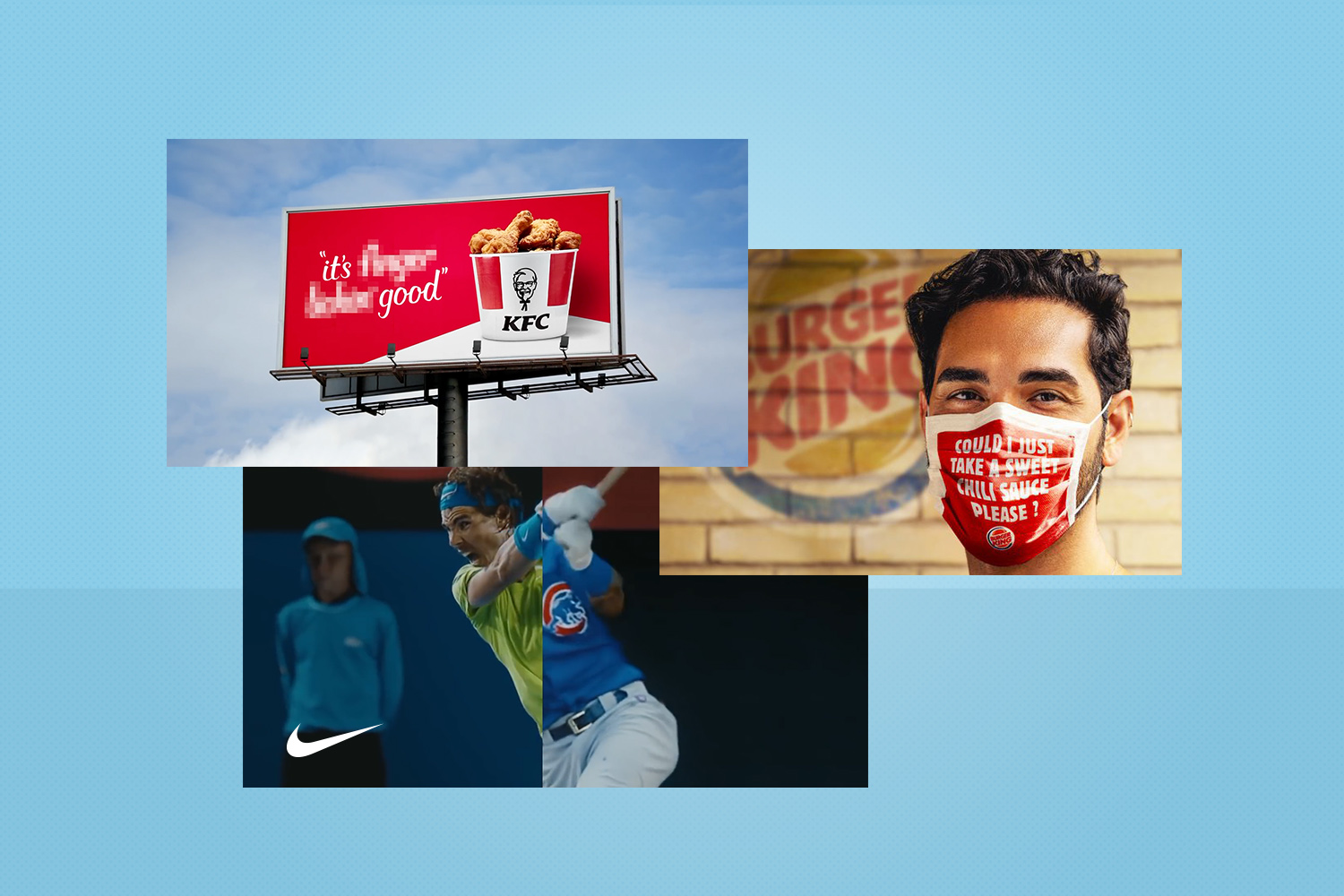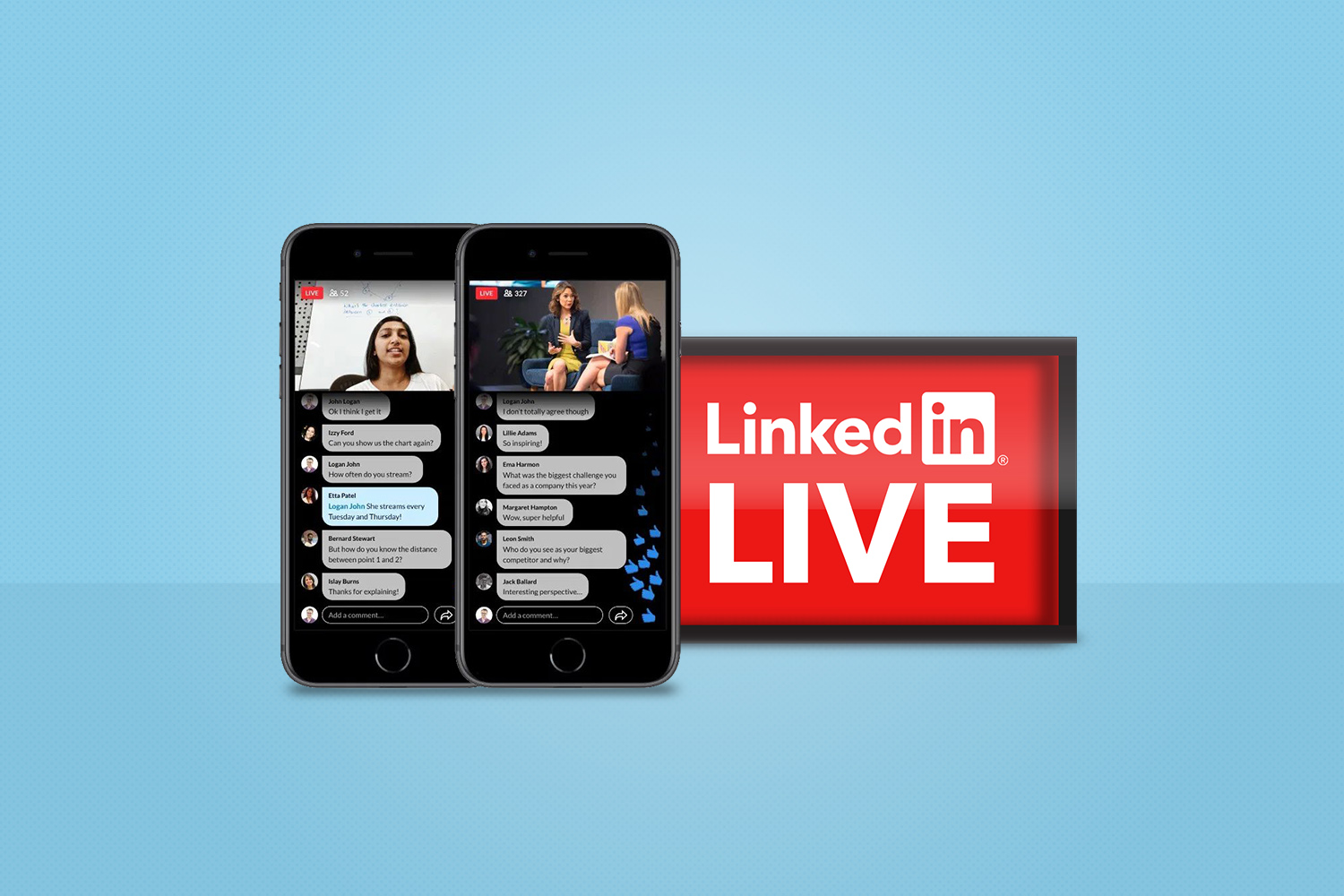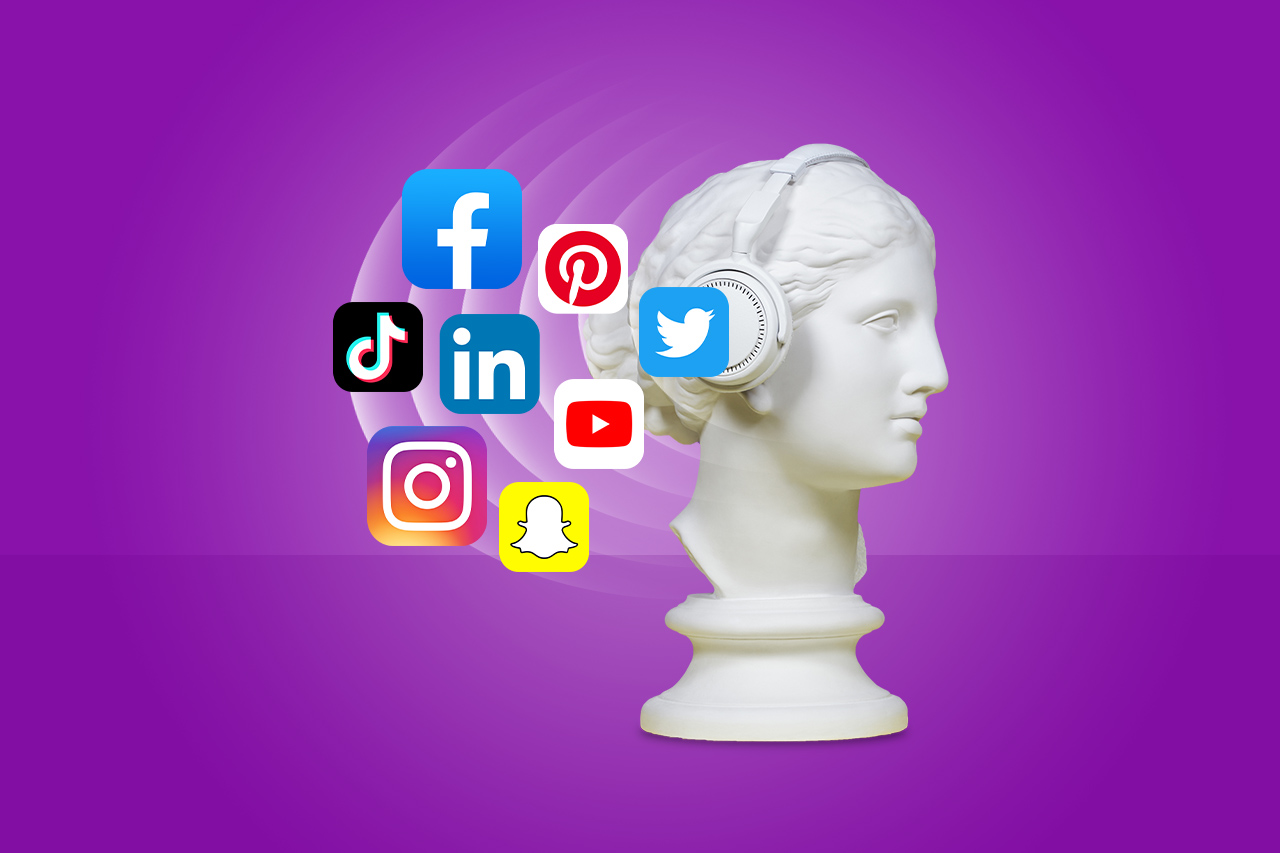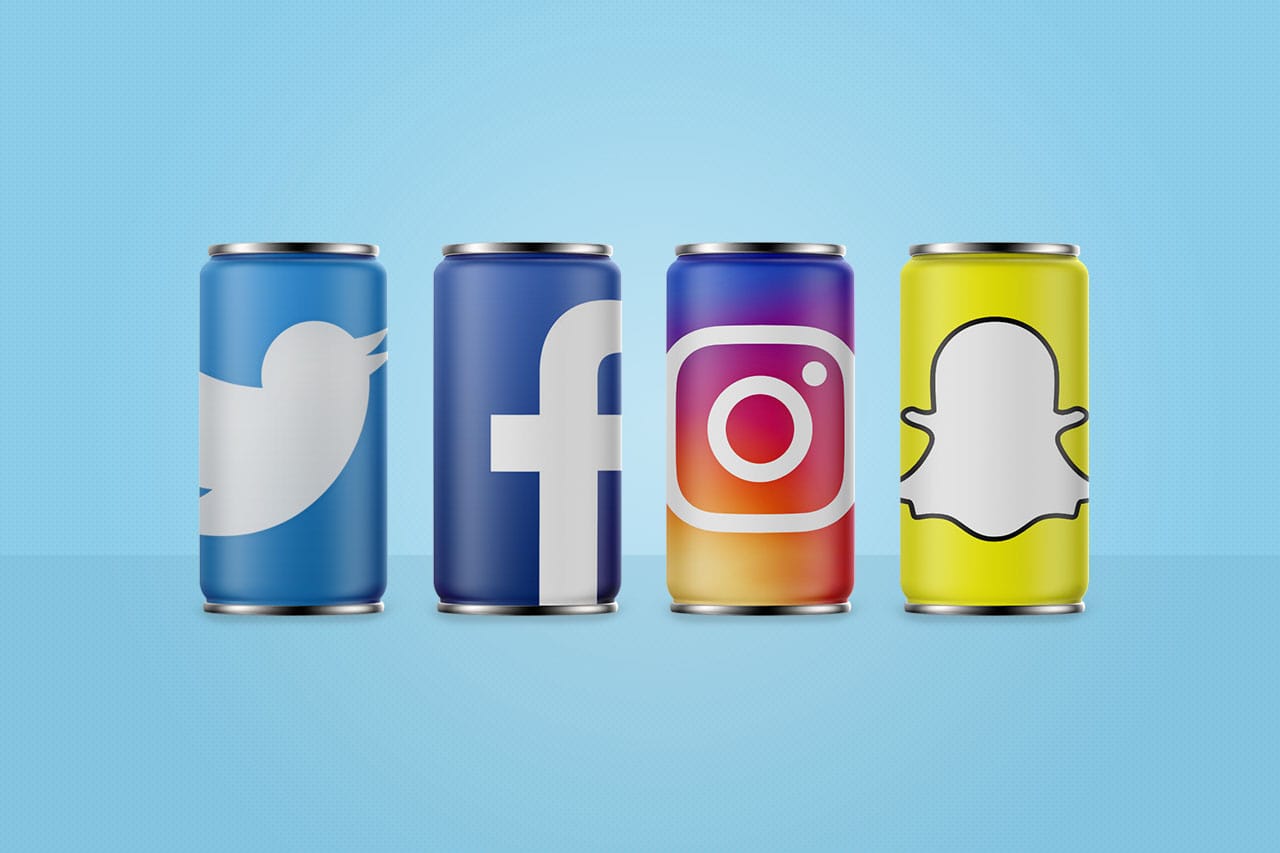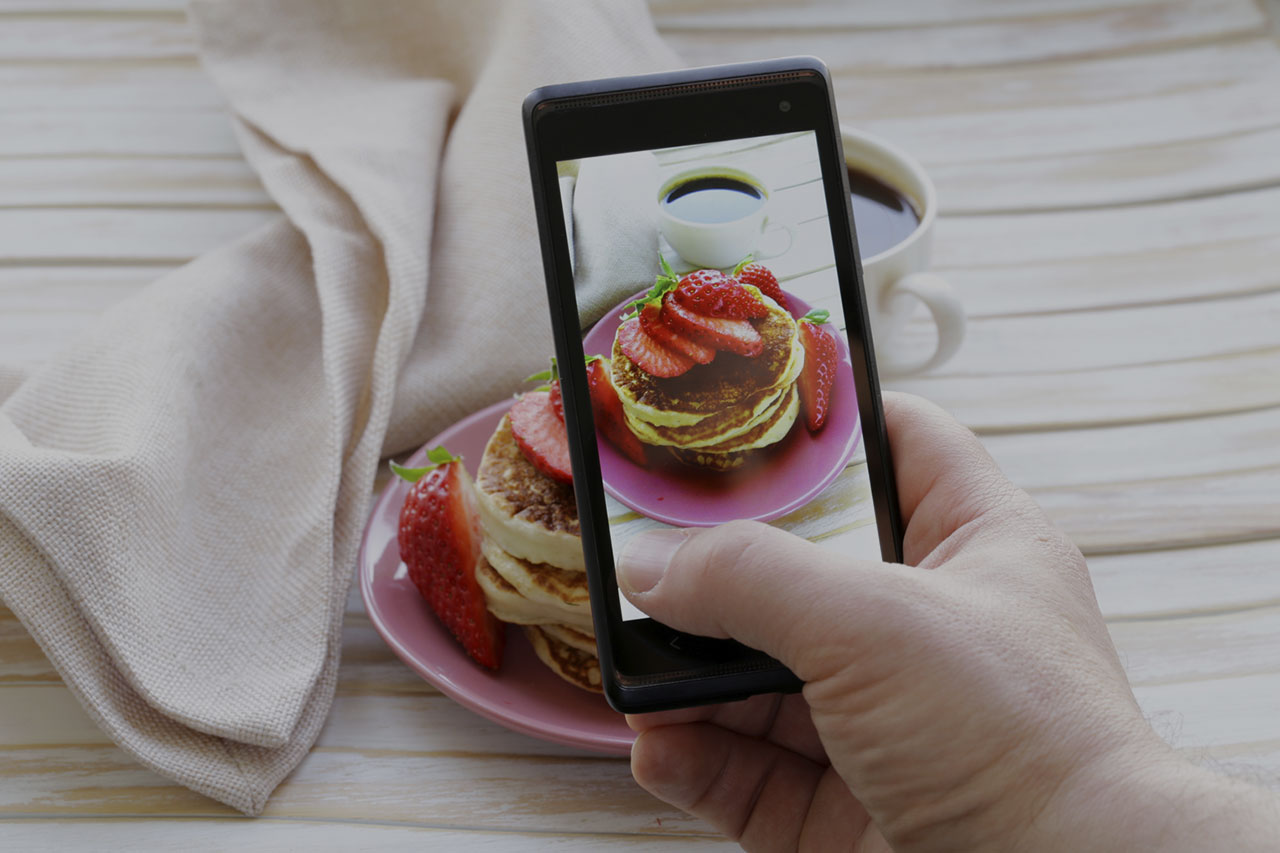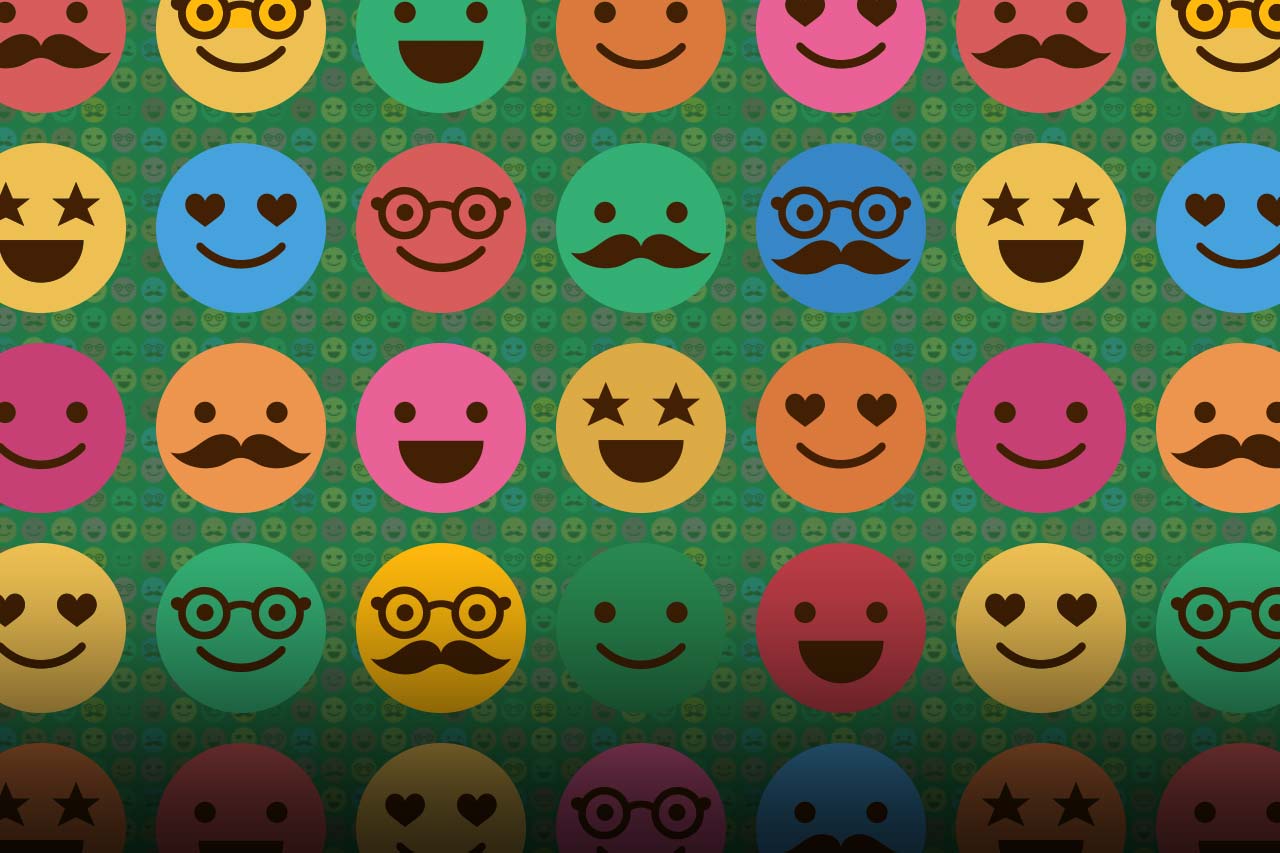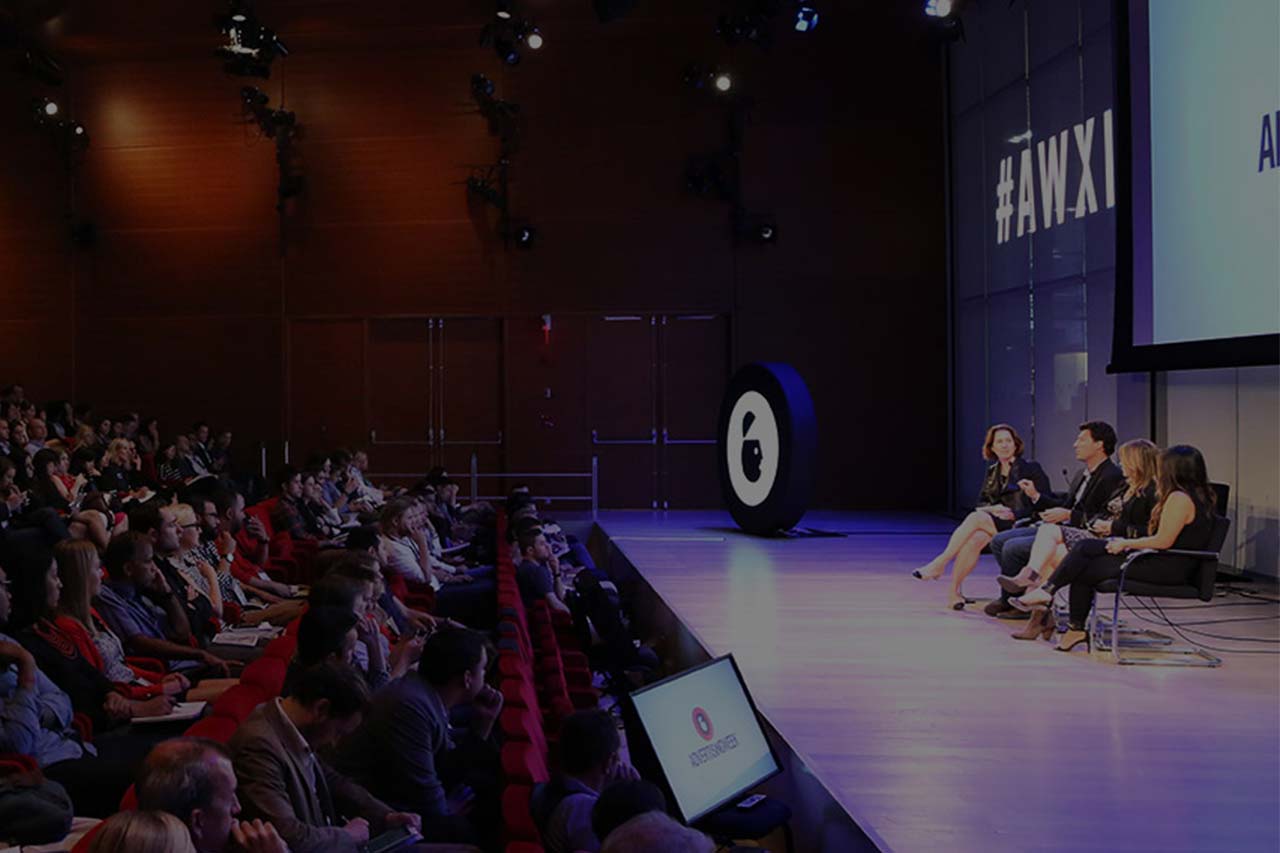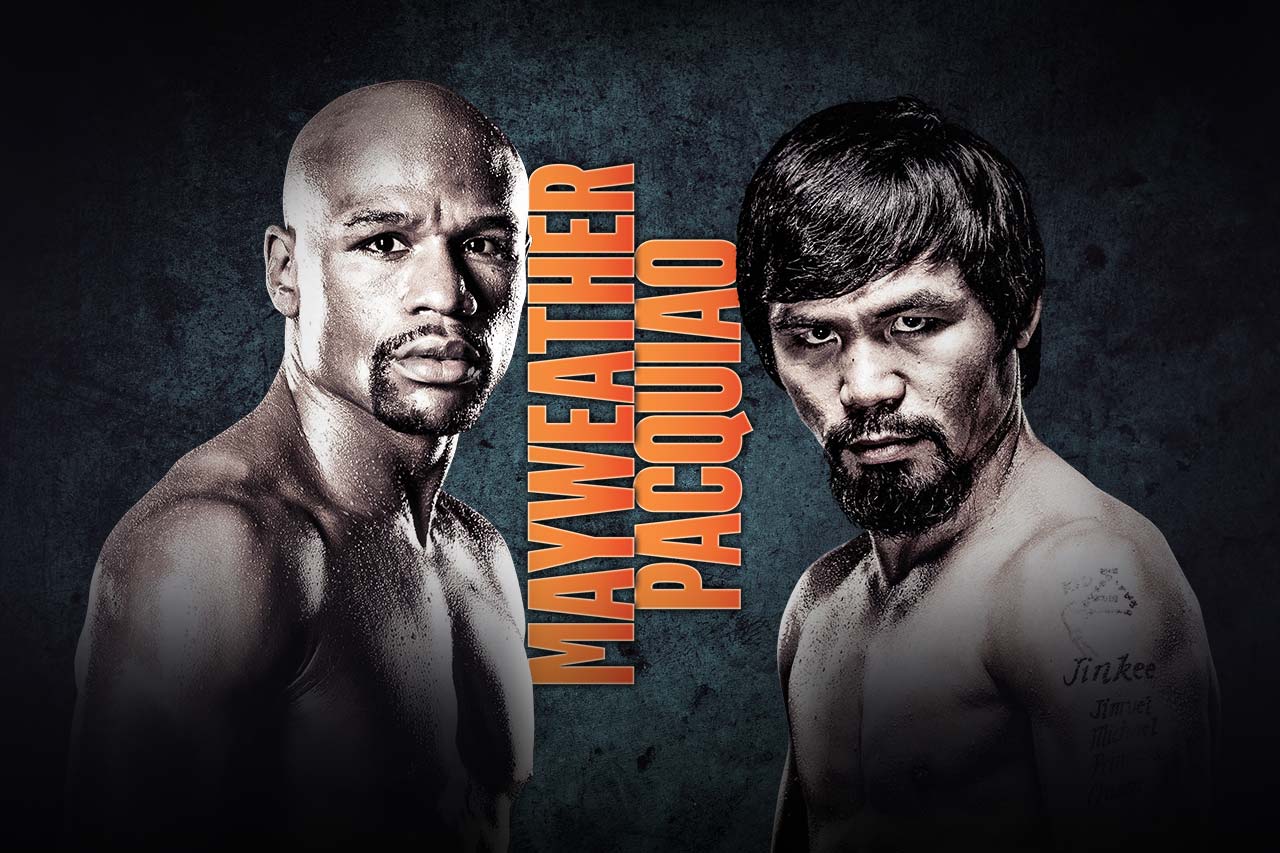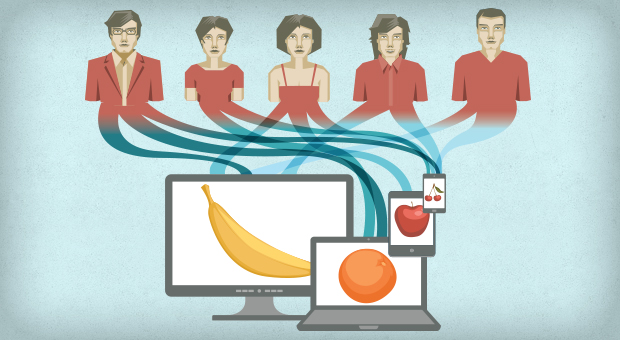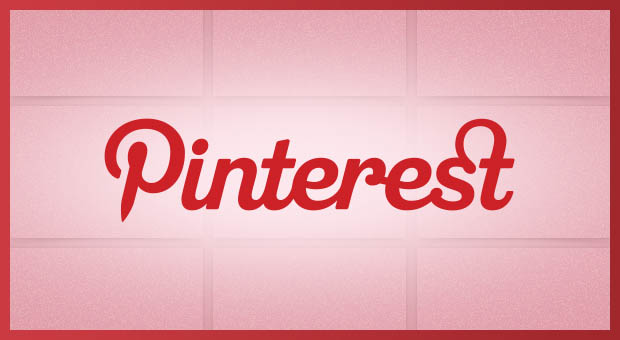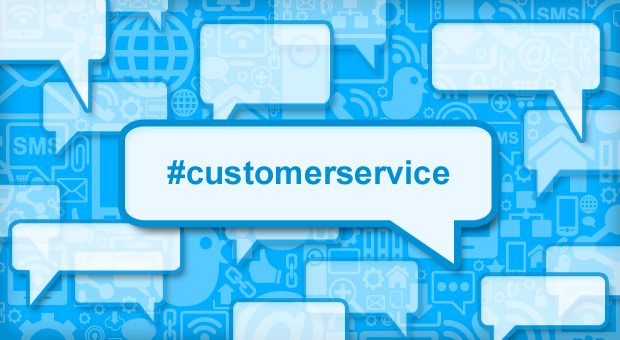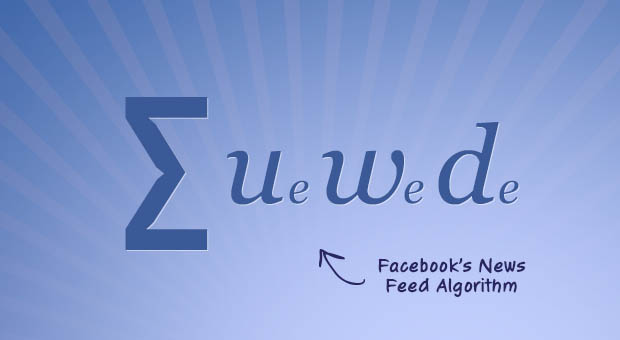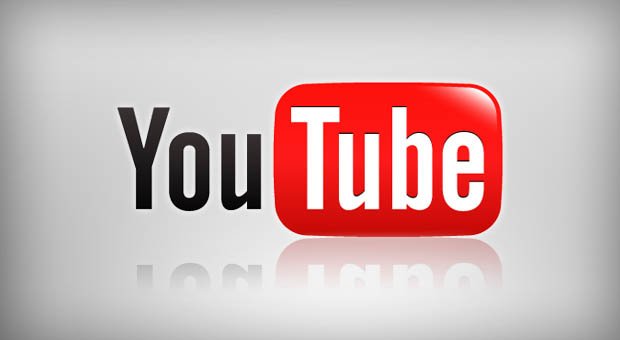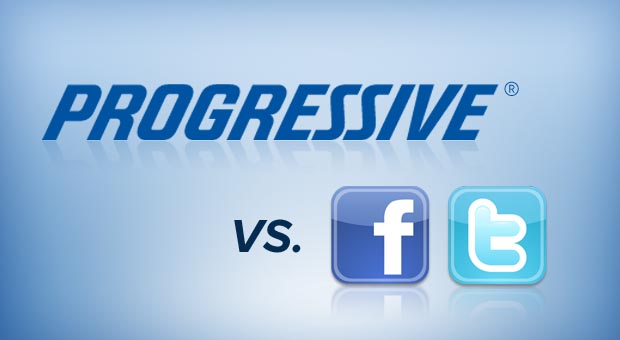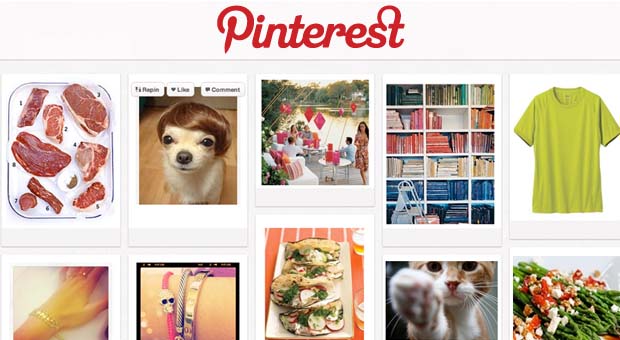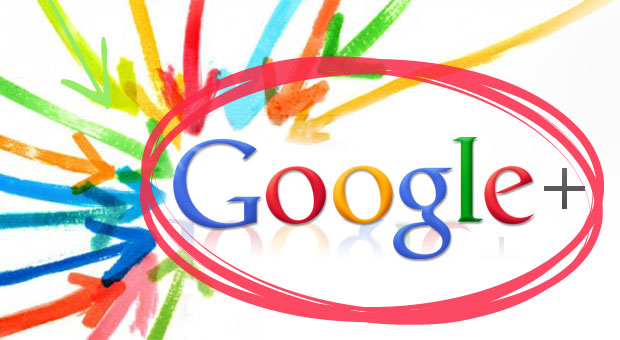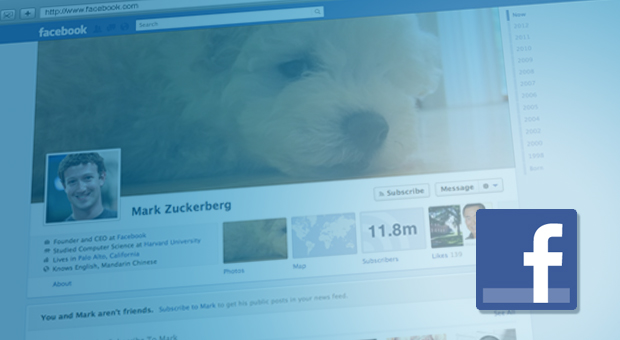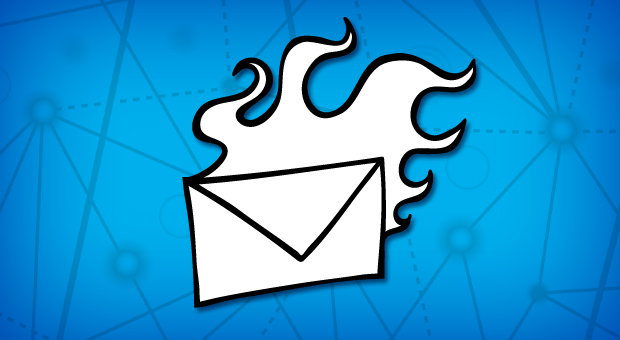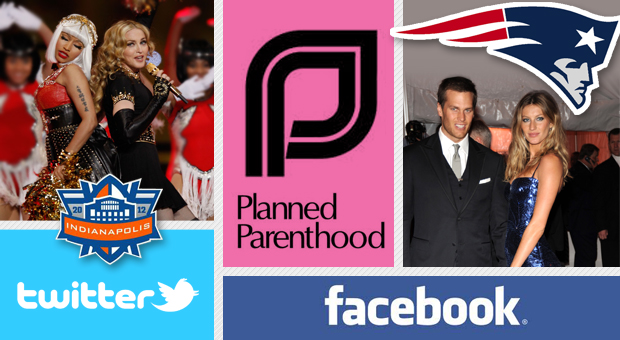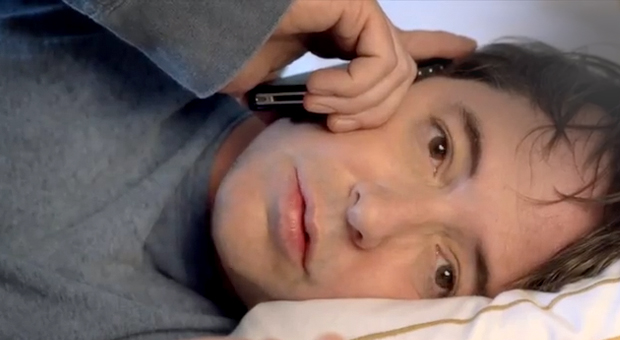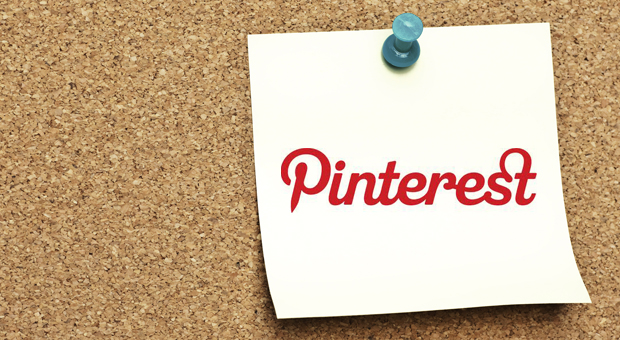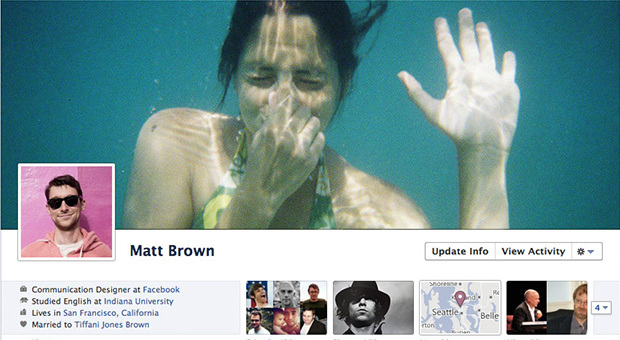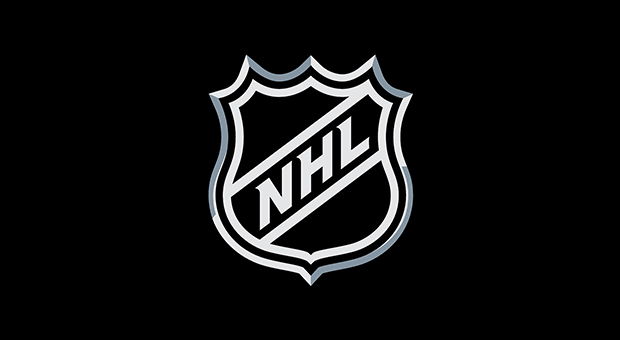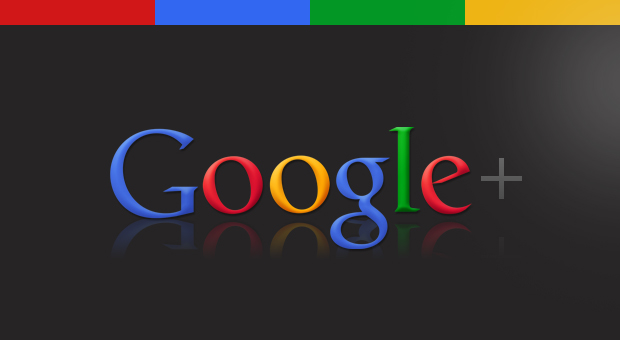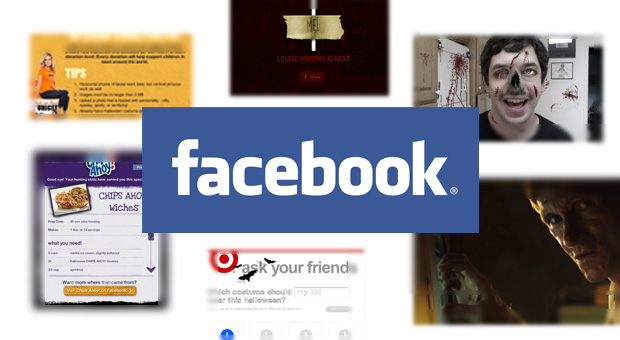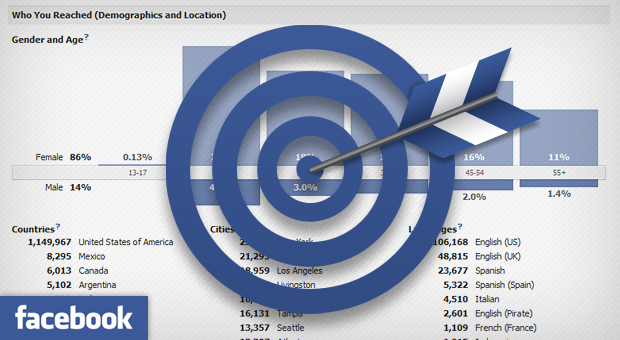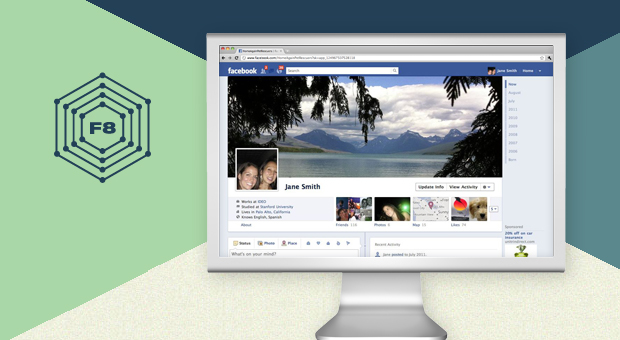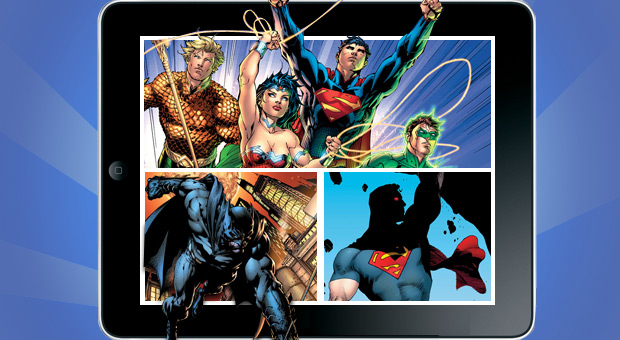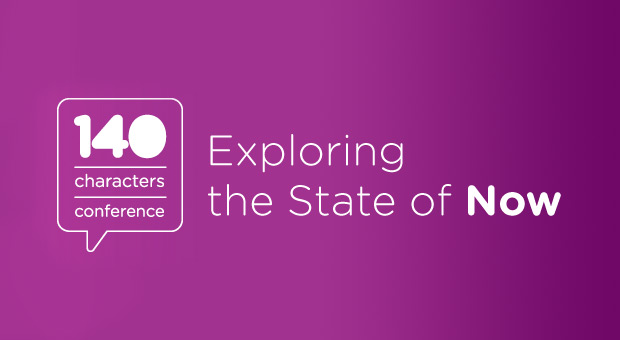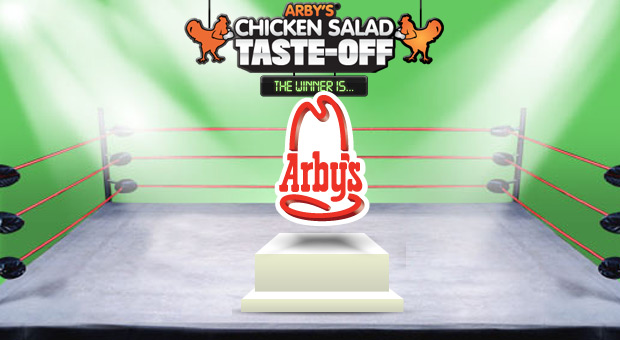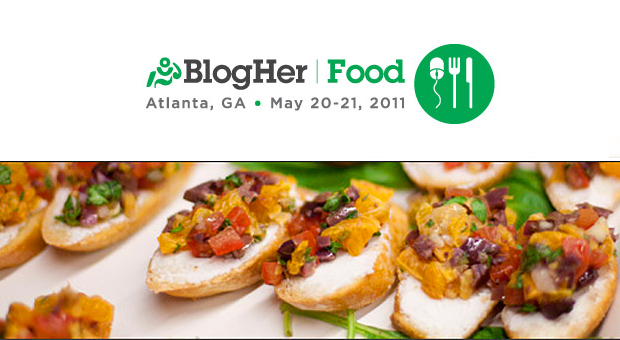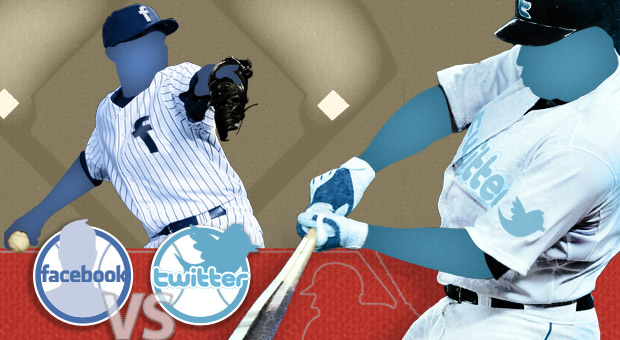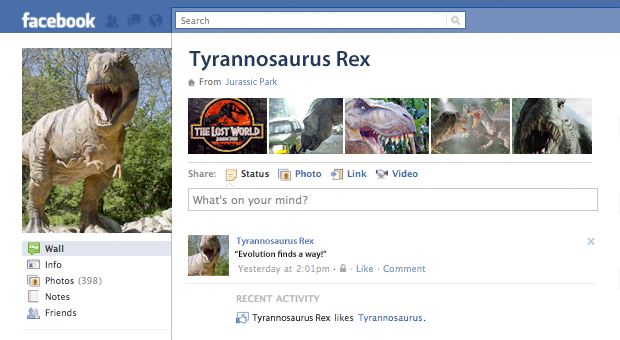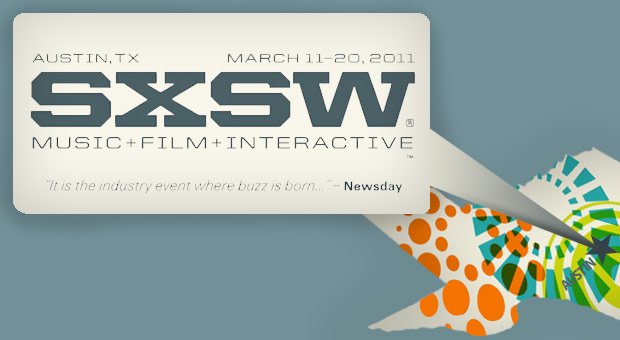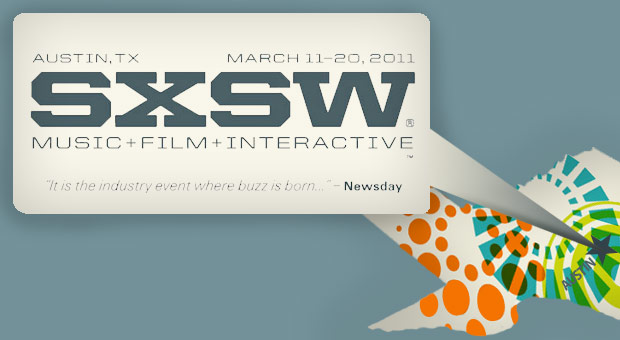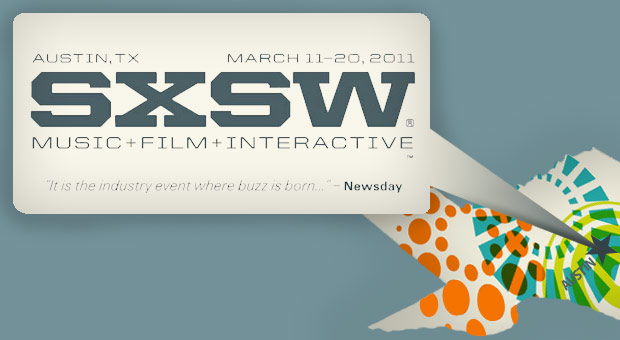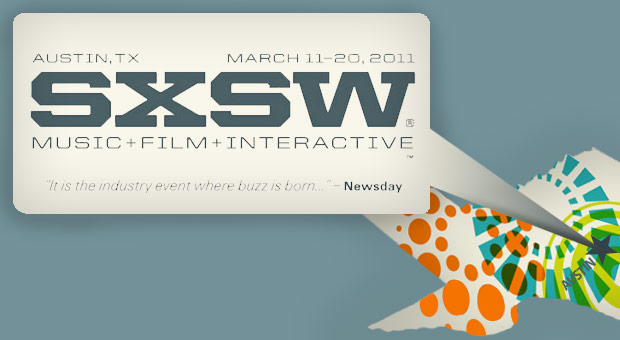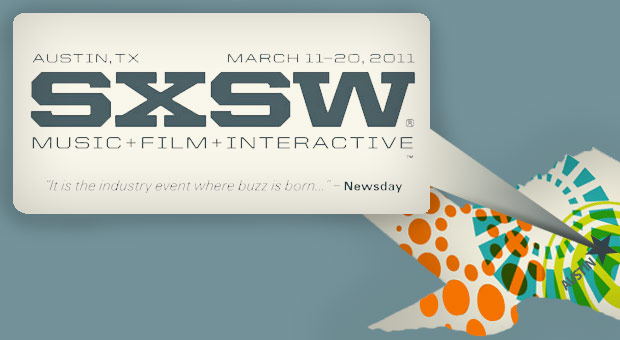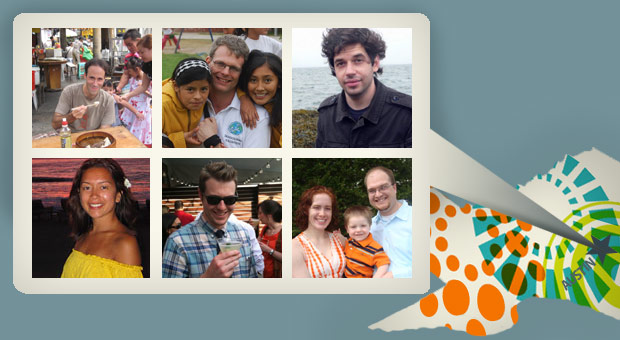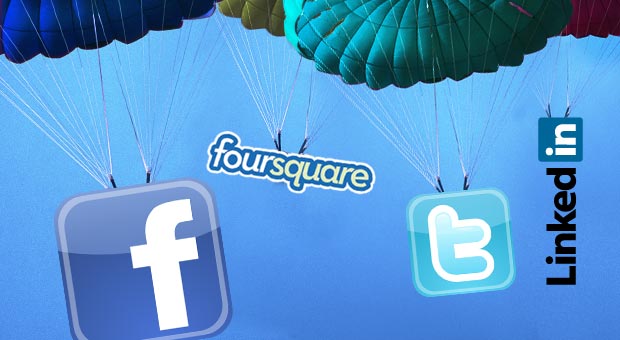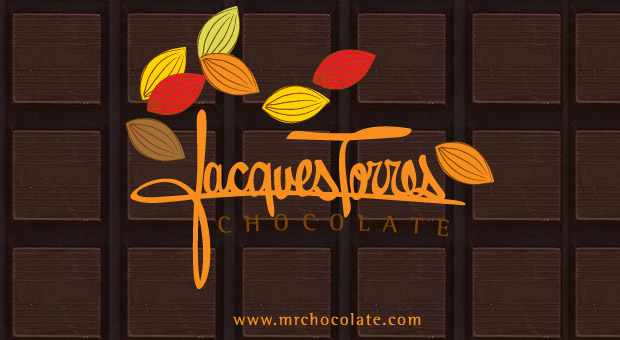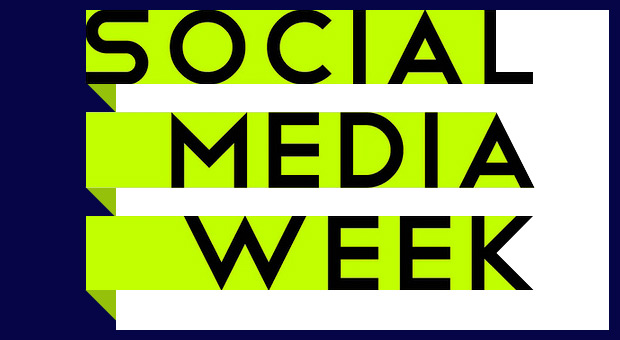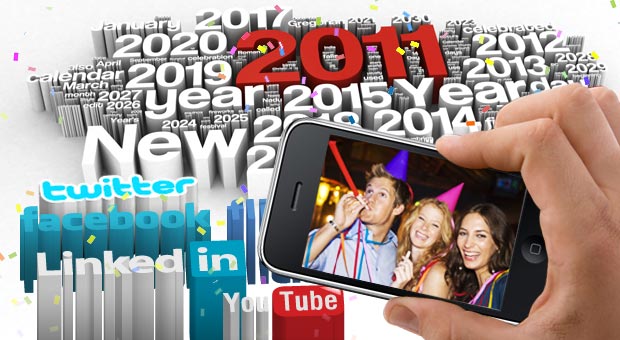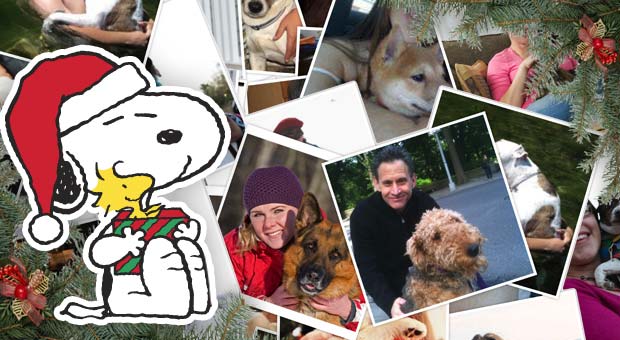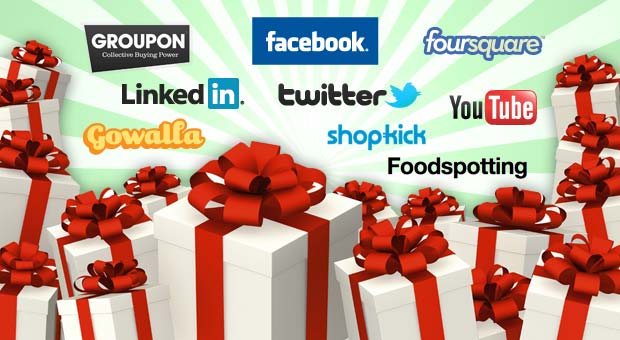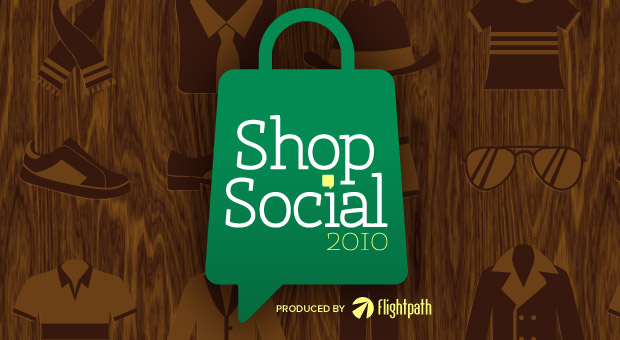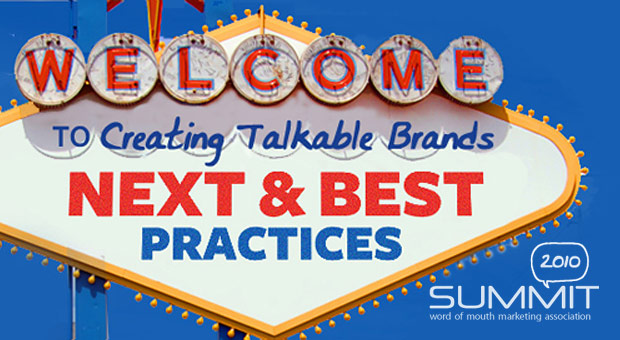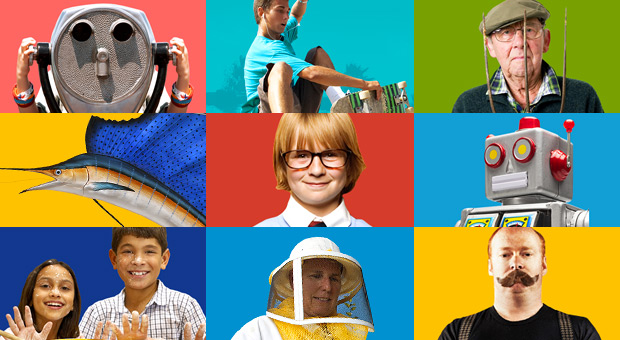The pharma industry has a longstanding history of utilizing marketing strategies to promote products and services. In fact, it is estimated that the industry allocates billions of dollars annually toward marketing campaigns according to Statista. In recent years, there has been a noticeable shift toward influencer marketing expenditure; $13.8 billion in 2021, up from $9.7 billion in 2020. In B2B Pharma Marketing, influencers are dominating the social media healthcare space.
Influencer marketing is a tactic involving partnering with individuals who have the ability to “influence” the purchasing decisions of their followers. This includes social media influencers, bloggers, and celebrities. While this may seem like an unconventional approach for pharma, there are numerous advantages to investing in influencer marketing.
Influencers are Effective at Engaging Customers
For many, “Doctor Google” is the first stop but Google isn’t the only platform being used for information. Platforms like Instagram, TikTok, and YouTube are continuously becoming the search engines of choice. Nearly 40% of Gen Z members (born from 1997 to 2012) prefer TikTok or Instagram for online searches, according to TechCrunch.
These platforms can provide a space for you to engage with your audience and provide valuable information about your products and services. This helps to establish trust and credibility, which are crucial in the healthcare industry. Let’s not forget the power of video content, particularly short-form videos. Short-form videos are effective at connecting and educating your audience about your healthcare products and services.
Influencer marketing and short-form videos help engage customers on social media platforms like TikTok, Instagram Reels, and YouTube Shorts. Combining these platforms with the power of influencer marketing helps a brand connect to the right audience. The benefit of working with influencers is their ability to tap into existing trusted relationships. Influencers create authentic and personalized content that can help to increase brand awareness and engagement.
By collaborating with influencers, Pharma companies can gain valuable insights and feedback from their customers, which can be used to improve products and enhance the overall customer experience.
The term “patient influencer” has emerged to describe individuals who use their platform to promote medications and medical devices from a user standpoint. These influencers offer Pharma marketers, the opportunity to leverage patient influencers’ personal experiences for the promotion of healthcare products and services.
Damian Washington is a prime example of how a patient influencer can help influence their niche followers on what healthcare products they should purchase. Damian was diagnosed with Multiple Sclerosis. He has used his platform on Instagram and Twitter to help bring awareness and provide a sense of community for others suffering from this disease.
In an interview with EndPointNews, Damian states he doesn’t partake in getting paid to promote products. Damian works with various pharma companies on commercials and attended events for which he does get compensated.
Another great example is Gem Hubbard. Gem is a disability activist sharing her life in a wheelchair via her social media profiles. On Instagram, she boasts 75k followers and on YouTube, her videos have more than 3.7 million views. Gem gives insights into her day-to-day and promotes products related to her disability.
Key Opinion Leaders in Pharma
Key opinion leaders have been crucial in the healthcare industry. KOLs are considered physician influencers within the community. They deliver key content with credible information to their audience. Viewers trust KOLs for the same reason they trust patient influencers – they provide relevant information that allows them to connect with their followers from a place of trust.
KOLs are highly influential individuals within their communities due to their extensive experience. They can effectively generate awareness and potentially increase sales for suppliers through their ability to impact purchasing decisions within hospitals or networks. KOLs are frequently consulted by pharmaceutical and medical device companies during various stages of product development and testing.
They provide valuable insight into disease states and existing treatments, as well as assist with clinical trial design, product improvements, and marketing strategies. KOLs can aid these companies in gaining acceptance for their products within specific hospitals or health networks through their familiarity and influence with the target audience.
TikTok is often perceived as a platform for younger users, but it is gaining popularity among people aged 35 and above. The number of users in this age group is steadily increasing. @Drspf on TikTok utilizes his platform to educate his viewers on all things skincare.
@drspf Have you tried the #prescription #retinoid #twyneo yet? #drsugaiskincare #acne #tretinoin
FDA Advertising, Regulatory and Promotional Requirements
The proliferation of big pharma utilizing influencer marketing can be attributed to a number of factors. A primary reason is the increased rigidity of the FDA in regard to advertising and promotion regulations, making it more challenging and costly for traditional methods to reach customers. Patients are increasingly seeking out online sources for health information and guidance, rendering influencers an effective means of connecting with them.
However, it’s highly important to understand the regulatory requirements imposed by the FDA before collaborating with influencers. The FDA has general rules that apply, such as the requirement for all promotional materials to be accurate and not misleading. As well as the necessity for them to be submitted for review prior to publication.
While the FDA currently does not explicitly regulate influencer marketing, this could potentially change in the future. Therefore, it is vital to stay informed of the latest regulations and guidelines if working with influencers.
Key Takeaways
It’s clear that the pharma industry is taking a cue from the rest of the digital world and investing heavily in influencer marketing. By partnering with influencers, pharma companies can effectively engage with customers and gain valuable insights to improve their products and customer experience. Two valuable assets for pharma companies looking to leverage influencer marketing in their marketing campaigns include patient influencers who share personal experiences with healthcare products and services and trusted physician influencers.
The use of short-form videos [on platforms like TikTok, Instagram Reels, and YouTube Shorts] is an effective way to connect with and educate audiences about healthcare products and services. It is clear that investing in influencer marketing can bring numerous advantages within pharma.



